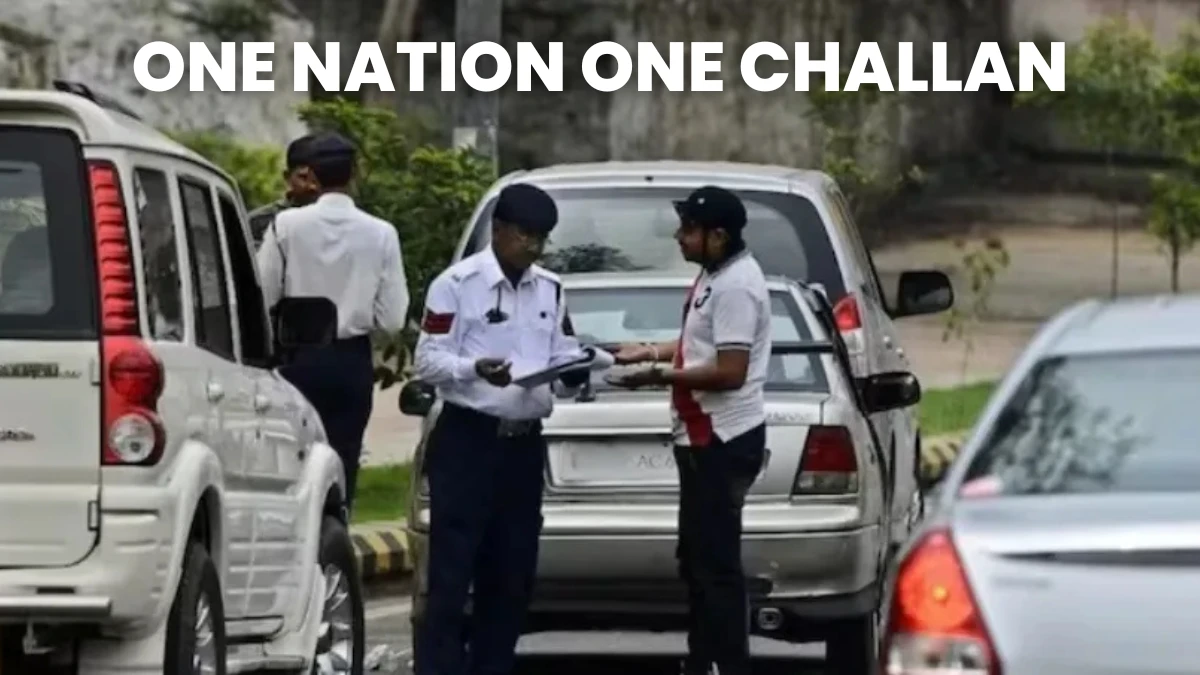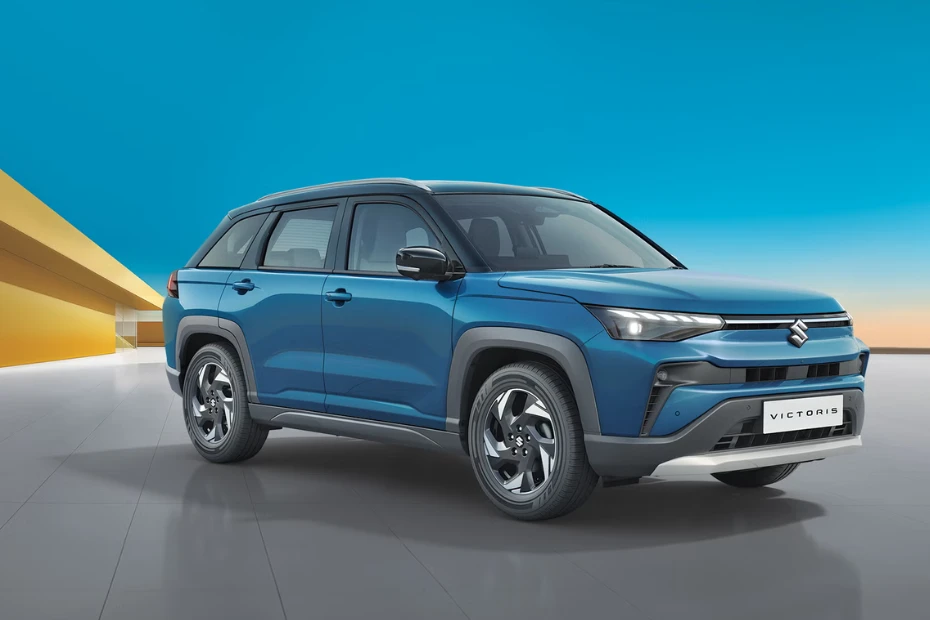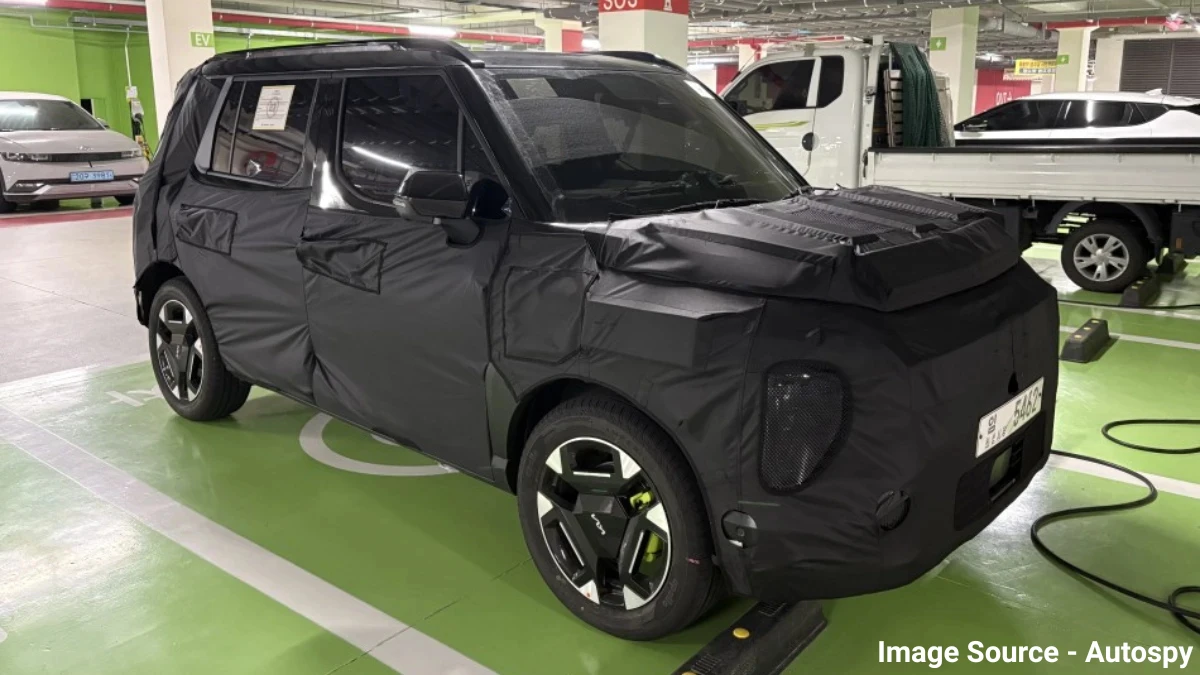Unified Traffic Platforms: Can India Achieve A Single E-Challan Network?

So far in 2025, India has registered approximately 50,000 to 75,000 new vehicles every day. This implies that it is important for the country to have a unified e-challan system and other AI-based traffic management systems to manage the traffic and enforce compliance with the law efficiently.
The Indian government has already launched the One Nation One Challan Program (ONOC), with an aim to create a single e-challan network across the country. So, go through the article to gain insights into when and how India will accomplish a single e-challan network.
The Role of One Nation One Challan Program in India
The Ministry of Road Transport and Highways (MoRTH) launched the “One Nation One Challan (ONOC) program to connect all agencies, like traffic police departments, Regional Transport Offices (RTOs), and courts, on a single platform. This will help with the seamless collection of traffic fines, reduce complexity, and make data transfer more efficient.
Earlier, states like Andhra Pradesh incorporated the ap e challan system at the state level. This made it difficult for departments in other states to get the car’s data. To streamline this issue, the unified e-challan system will address it by connecting challans to centralised databases such as VAHAN and SARATHI.
To enforce compliance and payment of e-challans, the ONOC also created virtual courts. People with unpaid challans for over 90 days will have to settle their cases in virtual courts. This facility of virtual courts already exists in states like Gujarat, which significantly helps to reduce administrative delays.
Impact of the ONOC Program in Various Indian States
Already, various states have adapted to the ONOC program at varying speeds. Many states are wholly integrated with e-challan systems. Whereas some states are progressing to achieve full integration. Let us assess the impact of ONOC across the Indian states below:
-
Gujarat
-
Gujarat is a leading state when it comes to the digitisation of traffic management with e-challans at the national level.
-
The state has established the e-challan system across 38 police districts.
-
Gujarat also integrated virtual traffic courts, which will allow people to settle their cases without having to visit an actual court.
-
The e-challan system issued 66 lakh challans in early 2025. Out of them, 38 lakh cases escalated to the virtual courts.
-
Telangana
-
Telangana has completely integrated e challan telangana throughout the state and is now aiming to integrate it on a national level under the ONOC program.
-
CCTV systems are integrated with databases such as VAHAN and SARATHI to enable real-time e-challan issuance.
-
Delhi
-
Delhi is fully integrated with the e-challan system. However, it is now expanding its CCTV coverage linked with VAHAN and SARATHI to increase its density of surveillance.
-
The state government is putting in efforts to synchronise state-specific traffic systems to a unified national e-challan enforcement program under ONOC.
-
Other States
-
Most states in India have integrated or are integrating e-challan systems.
-
The government is making efforts to enforce virtual courts throughout the country for easier case settlement.
What Problems Will The Implementation of the ONOC Program Solve?
-
Seamless Traffic Enforcement Across States
ONOC closes gaps in state-by-state enforcement by combining all challan systems. This makes sure that all travellers across state lines are monitored, punished, and have their data shared in the same way.
-
Fewer Manual Errors
ONOC makes traffic enforcement fair and open across the country by automating the issuing and checking of challans. This cuts down on human error and corruption on the ground.
-
Quick Resolution of Pending Challans
Centralised data lets citizens and officials quickly track, verify, and clear pending challans. This gets rid of delays caused by broken state systems and inconsistent record-keeping.
-
Better Safety and Compliance on the Road
Real-time nationwide monitoring makes people drive more safely, reduces repeat offences, and makes everyone follow the rules more, which makes the roads safer and cuts down on traffic violations all over India.
Can India Achieve a Single E-Challan Network?
Most states in India have already fully integrated the e-challan system, and the rest are in the process of achieving full integration. States like Delhi and Telangana are working to change the state-centric system to get it under the ONOC program.
Features such as a virtual court system and online payment of challans help to make it easier for people to comply with the law. Moreover, traffic police officers are currently going through training sessions to be able to handle the new changes under the ONOC program.
All these facts indicate that India will soon achieve a single network for e-challans under the ONOC program.
The Bottom Line
The One Nation One Challan Program is soon going to be successful in India. The traffic police officers are already undergoing training for changes under the ONOC program, which will soon be implemented, according to ACP (traffic) Sudhakar Suradkar.
This is a transformative step in India's aim to digitise the traffic management system by effectively bridging the gap between the state-centric e-challan system and a unified network of e-challans. This will help improve operational efficiency, instil equality, and build transparency.
About Author

Team CarLelo
Sub-Editor
Car Lelo was launched with a vision of making the car buying effortless and was designed keeping in mind all the ifs and buts that overshadow the car buying experience. We at Car Lelo strongly believe; buying a car is a unique escapade that does not happen every day. We strongly put in our efforts to deliver an overall bespoke experience to our customers. We bring it all together on a single platform, starting from choosing your car online to selecting colours, variants, and the paperwork. With our remarkably easy user experience, we aim to drive transparency throughout the purchase process. We at Car Lelo offer deals on cars and offer the highest satisfaction after the car is delivered. Car Lelo aims to cut out on the daily hassle and bring ease to your fingertips.
Top Car Brands in India
Top Car Brands in India
You May Also Like
Trending Cars in India
Trusted Dealer
All Over India
Irresistible Offers
Stay Updated, Pay Less
Compare Cars
Choose the Right Car
Easy Finance
Multiple Finance Options

Monday - Saturday
10:00am - 6:30pm
+91 7947722777, +91 7479000444, +91 9311718549
contact@carlelo.com






















































